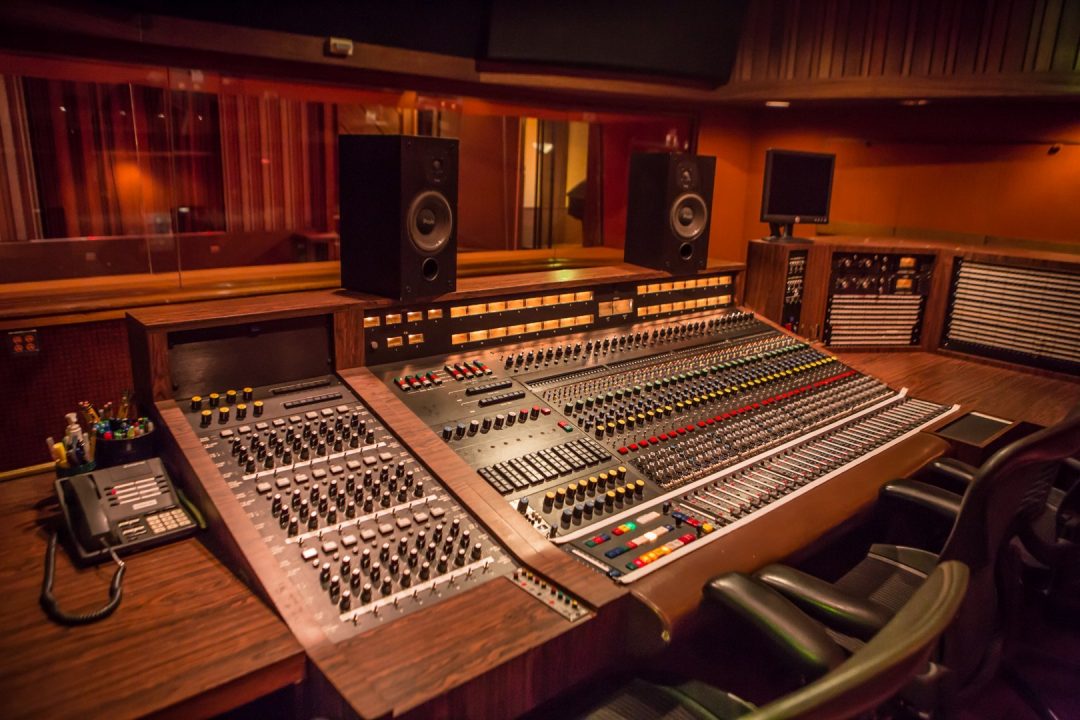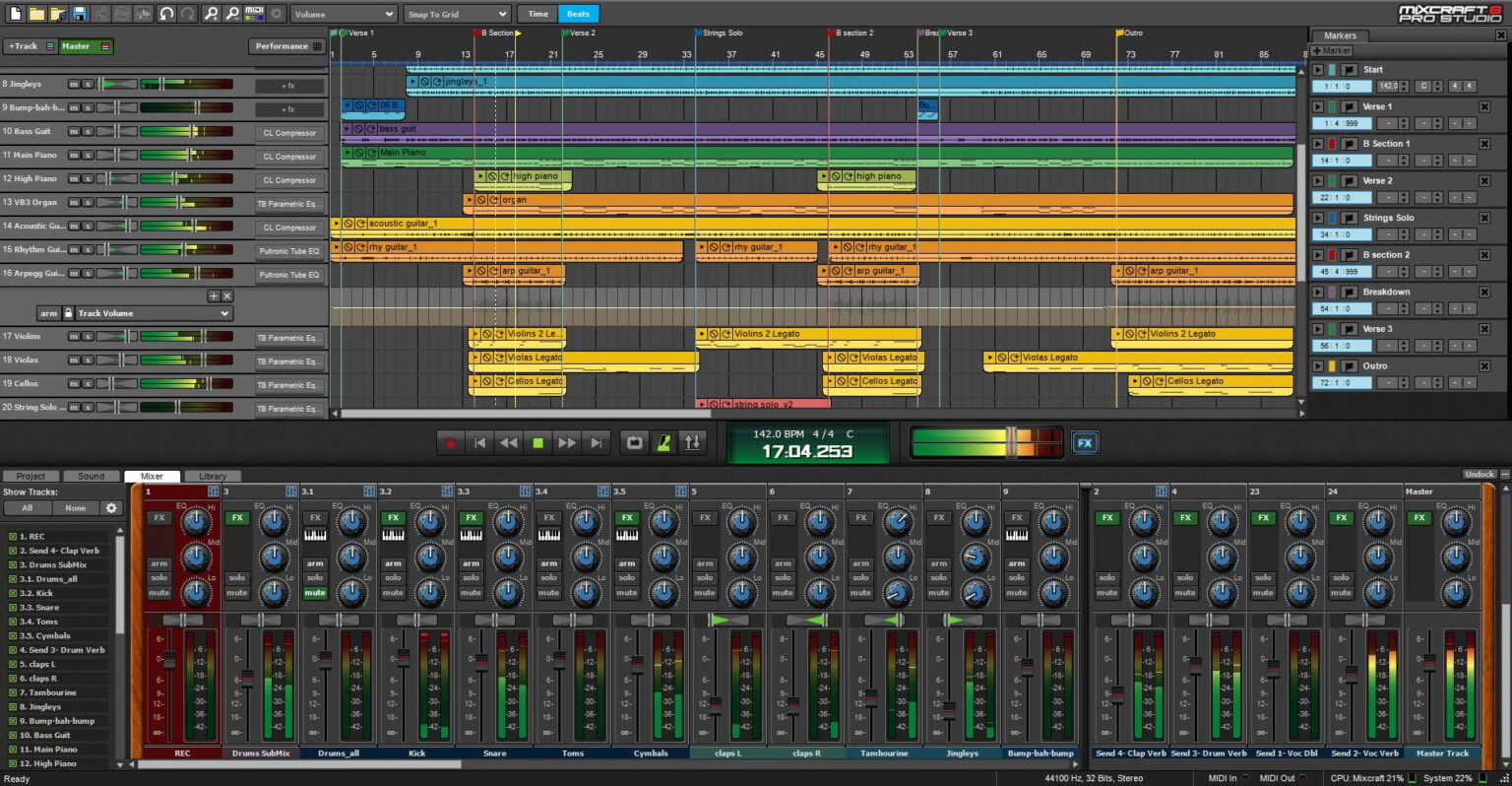
This back and forth adds time to the whole mastering process, but it’s the best way to go about fixing these types of issues. When people submit tracks to me and make requests like, “Can you make the vocals more present?” Or “I want my sub bass louder,” I always hit them back and say “change it in the mix and then resubmit the track.” Your mastering engineer might be able to fix certain problems, but since they’re working with a single audio file, they’re quite limited in the type of audio repair they can perform. Low-level issues like background noise will become more obvious, and so can undesirable characteristics like harsh resonance. In fact, it can actually end up highlighting the flaws in a poorly mixed track. Mastering won’t make a poor mix sound good. If it doesn’t, it’s a huge red flag indicating that you need to revise your mix before sending it off for mastering.

Your song should sound awesome without master bus processing applied to it. If you’ve removed all your master bus processing and your mix doesn’t sound good anymore, it means that you have mix issues. This allows me to set my levels tighter and make more well-informed mixing decisions. I’m not going to argue this because some people work this way and it produces the results they’re looking for.Īlthough, in my personal experience, I find that I see greater results when I nail down a mix without master bus processing applied, and then apply master bus processing afterward. When mastering your own songs, producing into a master chain can work. This is extremely common with people that produce into a master chain. Otherwise, remove it, and leave it up to your mastering engineer.Īn issue that a lot of people run into is that when they remove their master bus processing, their song doesn’t sound good anymore. If there’s one master bus effect that’s absolutely essential to the sound of your track, keep it on there. The more effects you apply to your master bus, the more restrictions you place on your mastering engineer. Your mastering engineer can always add effects, but they can’t remove effects if you’ve baked them into the mix yourself. This includes EQs, compressors, saturators, limiters, etc. It’s better to be safe than sorry, so don’t worry about adding a little more silence than you think you need. However, they can’t add content that’s missing from the file you send them.


If your file’s too long, your mastering engineer can apply cuts and fades as necessary. Once your track has been limited by your mastering engineer, quiet delays and reverb tails become more apparent, and you don’t want to cut them off accidentally when you export your track. Leaving a few bars of silence at the beginning of your track ensures that you don’t accidentally omit reverse effects and risers, while leaving 4-8 bars of silence at the end of your track allows delays and reverb tails to die out. Leave silence at beginning and end of your track. They’ll help you streamline the mastering process and also ensure you get your masters back as soon as possible. Following these steps will allow your mastering engineer to do their best work. There are actually 5 steps you should to take before sending your track off to a mastering engineer, but luckily they’re all quite simple, and easy to pull off. I have mastering clients ask me all the time, “what do I need to do to my song before I send it to you?” This is a great question because it’s not necessarily obvious, unless you’re a mastering engineer. The effects a mastering engineer applies to your track will vary depending on the engineer, and may very well be what cause you to favor one mastering engineer over the other. It’s also become the expectation that a mastering engineer provides a few final enhancements to a track, which mainly include EQ adjustments, as well as the application of color, compression and sometimes other effects as well.


 0 kommentar(er)
0 kommentar(er)
